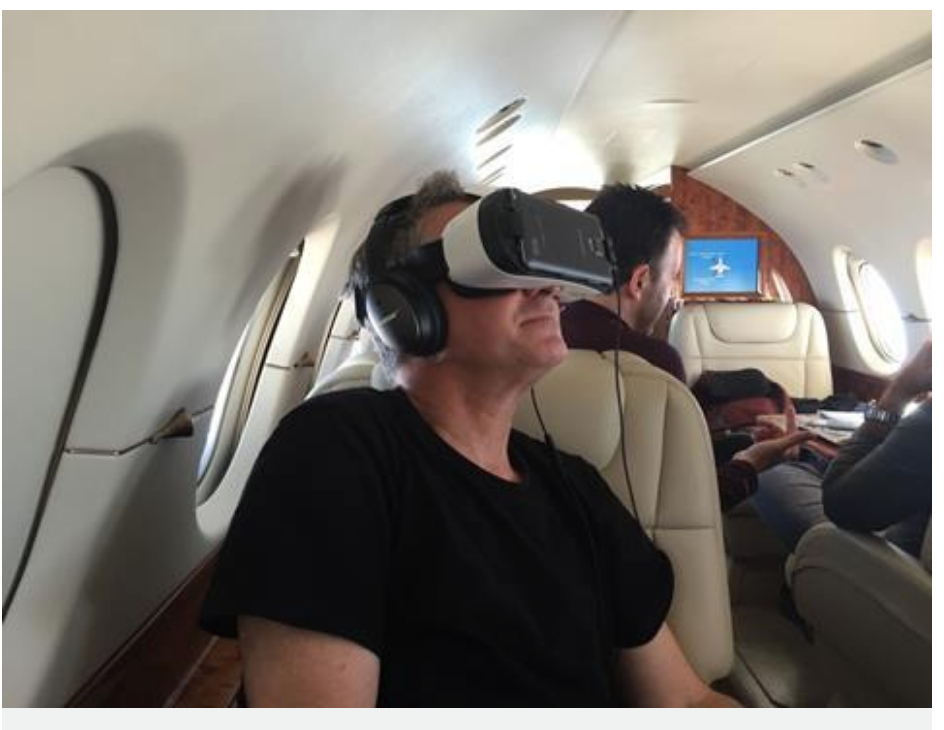
Realizing VR: The global VR market volume is predicted to reach 98.4 million sales by 2023
VR Still Searching for Markets, Seeking Affordability
According to Hackernoon’s Saucy Tech Predictions for 2019, this would be the year that Facebook creates a bank, Twitter dies out, the first VR shopping store opens, and Elon Musk starts a marijuana company. Or so said an article in thomasnet.com. Not a lot of that, in fact, came true, but the article listed 10 highlights in high tech for 2019. Here is more on what thomasnet.com had to say about VR:
An estimated 14 million augmented reality (AR) and virtual reality (VR) devices will be sold in 2019.
VR completely immerses users in a three-dimensional computer-generated world, whereas AR adds digital features to a user’s existing live view (such as Snapchat lenses or Pokemon Go).
Video-gaming represents the largest share of the market with total sales revenue of VR gaming equipment expected to hit $15 billion by the end of the year. However, the tech does have its applications outside of the gaming world, such as helping prisoners to prepare for the transition back into society, training fighter pilots to safely test-drive aircraft and allowing consumers to experience a vacation before booking.
In the manufacturing world, AR has become increasingly beneficial, informing employees about machinery malfunctions and providing warnings of potentially dangerous circumstances. It can also be used for immersive training in design and assembly and to provide remote expert assistance.
We have covered VR/AR stories in-depth at Seeflection.com and have seen growth in both mediums. However, an article in zdnet.com says the future of these mediums looks bright starting in 2020.
We’ve been promised that AR and VR are going to finally become mainstream technologies for at least a decade and probably more. For now, usage is at the niche and novelty stage (admittedly spectacular and occasionally “tentacular”), despite the efforts of big tech companies like Facebook, Microsoft and Google, which have been pouring billions into research.
However, PwC’s report predicts that almost 23.5 million jobs worldwide will be using AR and VR by 2030 – about 27 times more than now. And so, as the economy grows more productive thanks to both technologies, just as many jobs will go through fundamental shifts.
Technical paper authors from TNO in the Netherlands explained how VR retains industry interest, the market adoption remains slower than expected. The last few years have seen a major uptake of VR technology, enabling the creation of immersive video games and training applications, and also paving the way for new forms of video entertainment.
“One key challenge that many of those VR experiences face is the social barrier. That is the apparent discrepancy between the physical separation of wearing a head-mounted display (HMD) and the human need for sharing their experiences. This can also be seen by large investments into Social VR from key industry companies such as Facebook, Microsoft and HTC.”
With new tech, lighter headgear and better marketing, perhaps 2020 will be the year VR/AR platform sales begin to soar.
read more at thomasnet.com







Leave A Comment